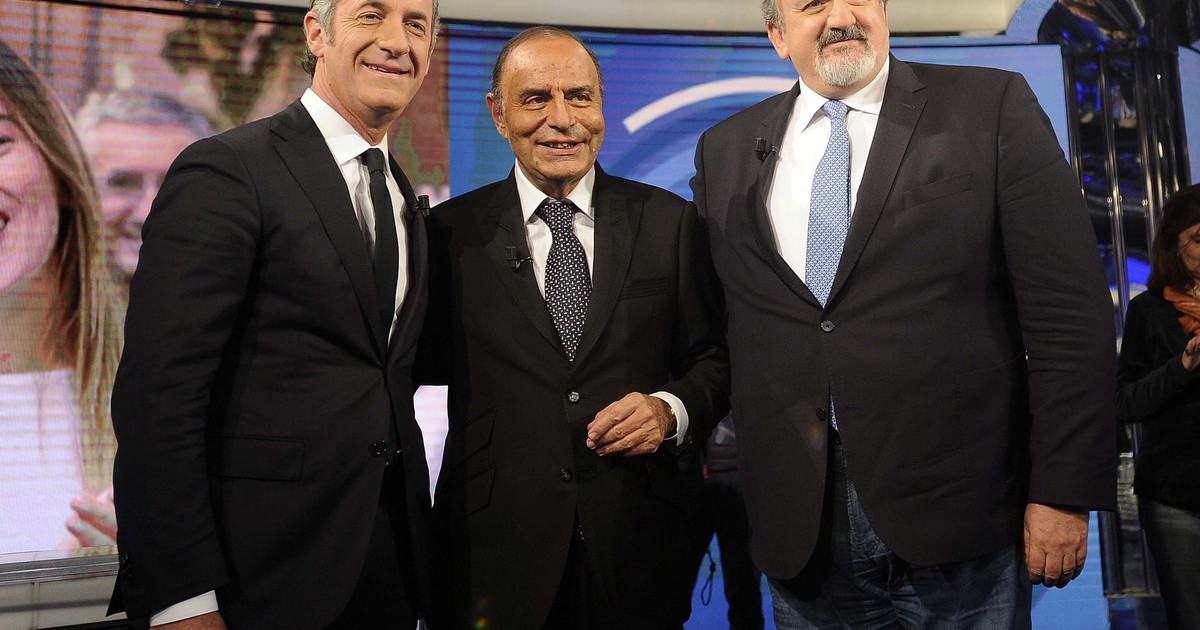Gianni Di Capua
Regional elections on November 23 and 24 featured voting in Campania, Veneto and Puglia, where millions of citizens were called to elect a new president and regional council.
In the campaign The main challenge is between Roberto Fico, who is supported by the broad center-left, and Edmondo Cirielli, the deputy foreign minister and candidate of the center-right. Four independent candidates are running alongside them. The list on the ground is huge: in Naples alone there are twenty of them, with alignments ranging from Pd to M5, from Avs to civil associations linked to De Luca, to traditional center-right parties, from Fratelli d’Italia to Liga. There are many well-known names, from regional incumbents to symbolic figures such as mother Giovanbattista Cutolo and Palestinian activist Souzan Fatayer. Campania’s electoral system provides for separate, two-preference voting with mandatory gender balance and a threshold of 2.5%. The candidate with the most votes becomes president without a runoff, while the winning coalition gets at least 60% of the seats. In addition to local elections, citizens voted for local elections in Monteforte Irpino and especially in Caivano, a municipality that had recently experienced two dissolutions in five years and was the center of a strong institutional commitment to legality.

In the Venicein which more than 4.3 million voters were called to the polls, the contest was marked by a confrontation between Alberto Stefani, the center-right candidate and natural heir to the Zaia era, and Giovanni Manildo, who was supported by the center-left and the M5. To complete the picture there are Fabio Bui from Popolari, Riccardo Szumski from Resistere Veneto and Marco Rizzo from Sovereign and Popular Democracy. Here too, separate voting is permitted and a maximum of two preferences can be expressed. The assignment of the 51 seats is carried out using a proportional system and majority bonus: whoever exceeds 40% gets at least 55% of the seats, a threshold that increases if the coalition exceeds 50%.
There Puglia is undergoing an electoral battle dominated by favorite candidate Antonio Decaro, former mayor of Bari, supported by a center-left coalition consisting of Pd, M5s, Avs, Italia Viva, +Europa and other civic lists. The centre-right chose businessman Luigi Lobuono, supported by FdI, Fi, Lega, Udc and Noi Moderati. Sabino Mangano also ran with a civil proposal and Ada Donno for a communist and socialist region.

There are 565 candidates for Regional Council, with many well-known faces from traditional parties and figures such as Nichi Vendola for the Avs. Former governor Michele Emiliano, after Decaro’s veto, stopped short of running for regional council but, if she wins, a department would be ready for her. Apulia’s electoral system provides for 50 seats plus the president, with a mixed distribution of constituencies and one regional college as well as a mechanism that guarantees a majority to the elected president’s coalition. The threshold is 8% for single and coalition lists and 4% for coalition lists.
With a complex political framework, the election cycle is an important test for the national balance of power and for the future structure of the three regions involved.



